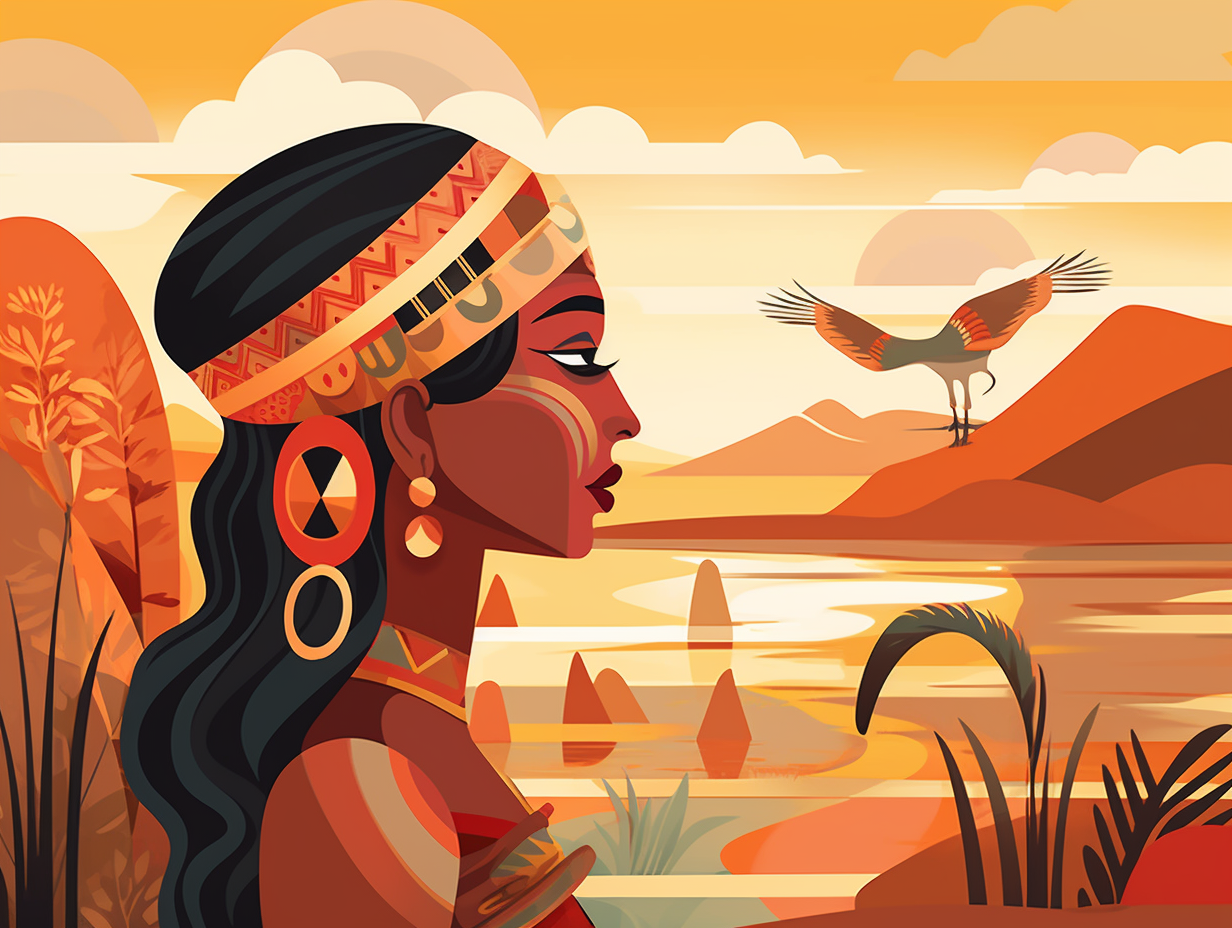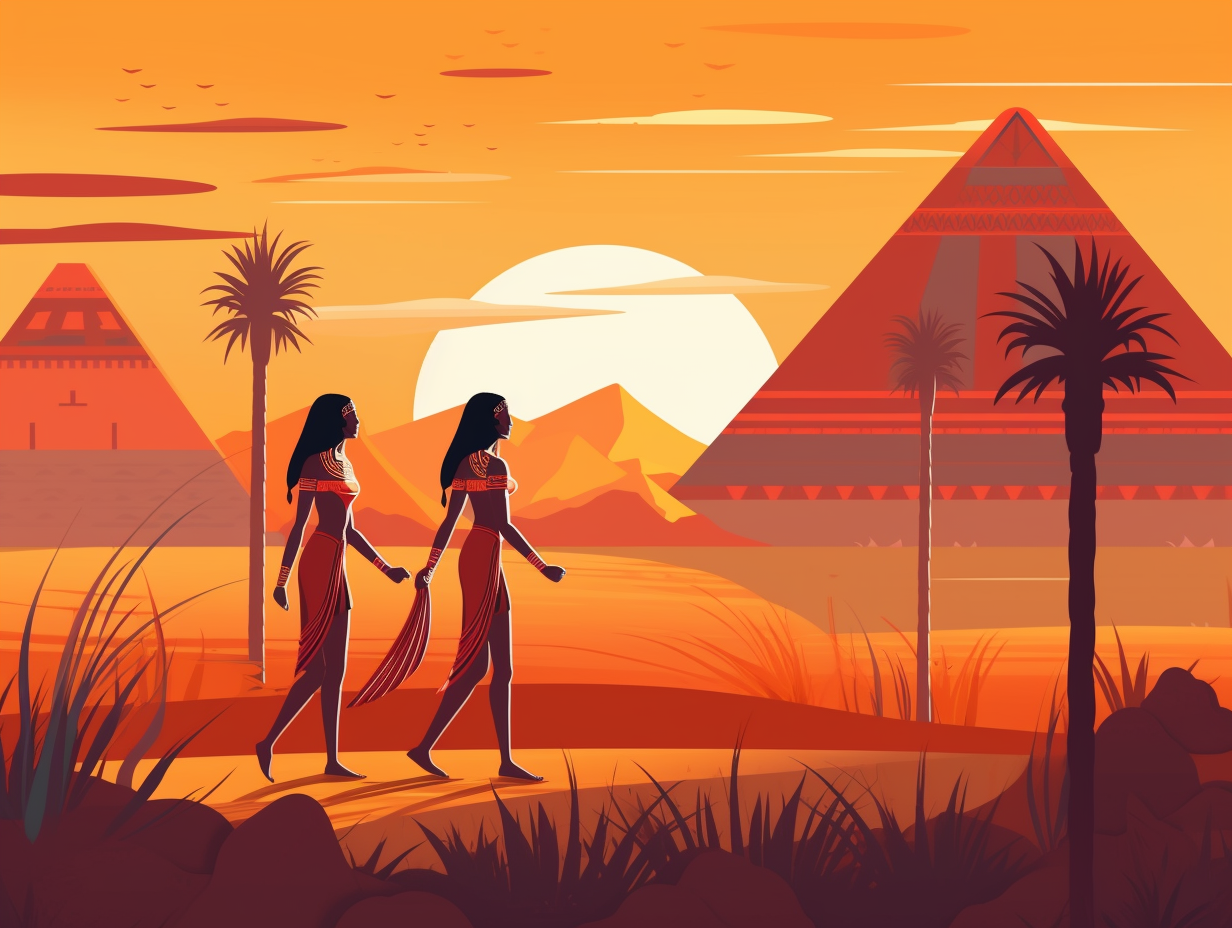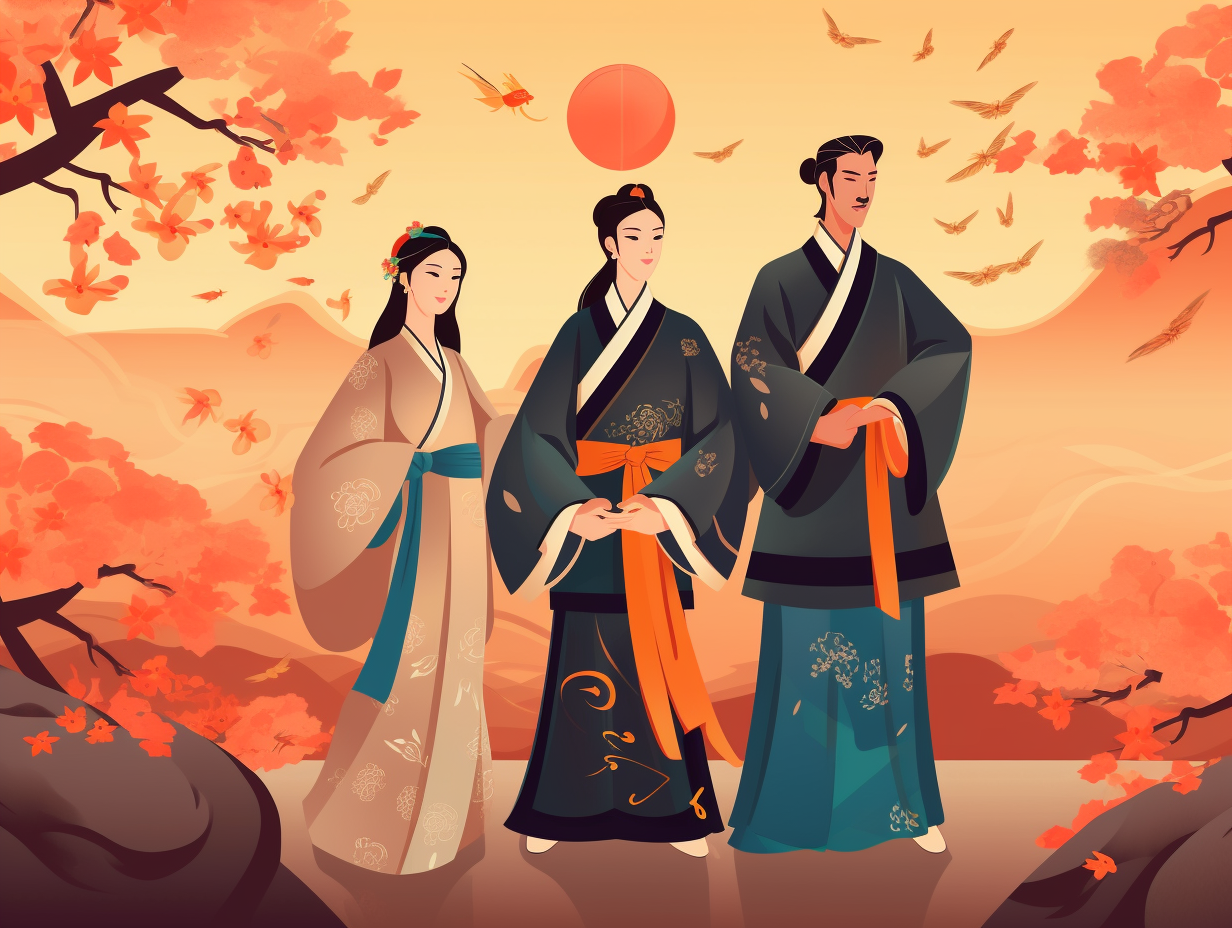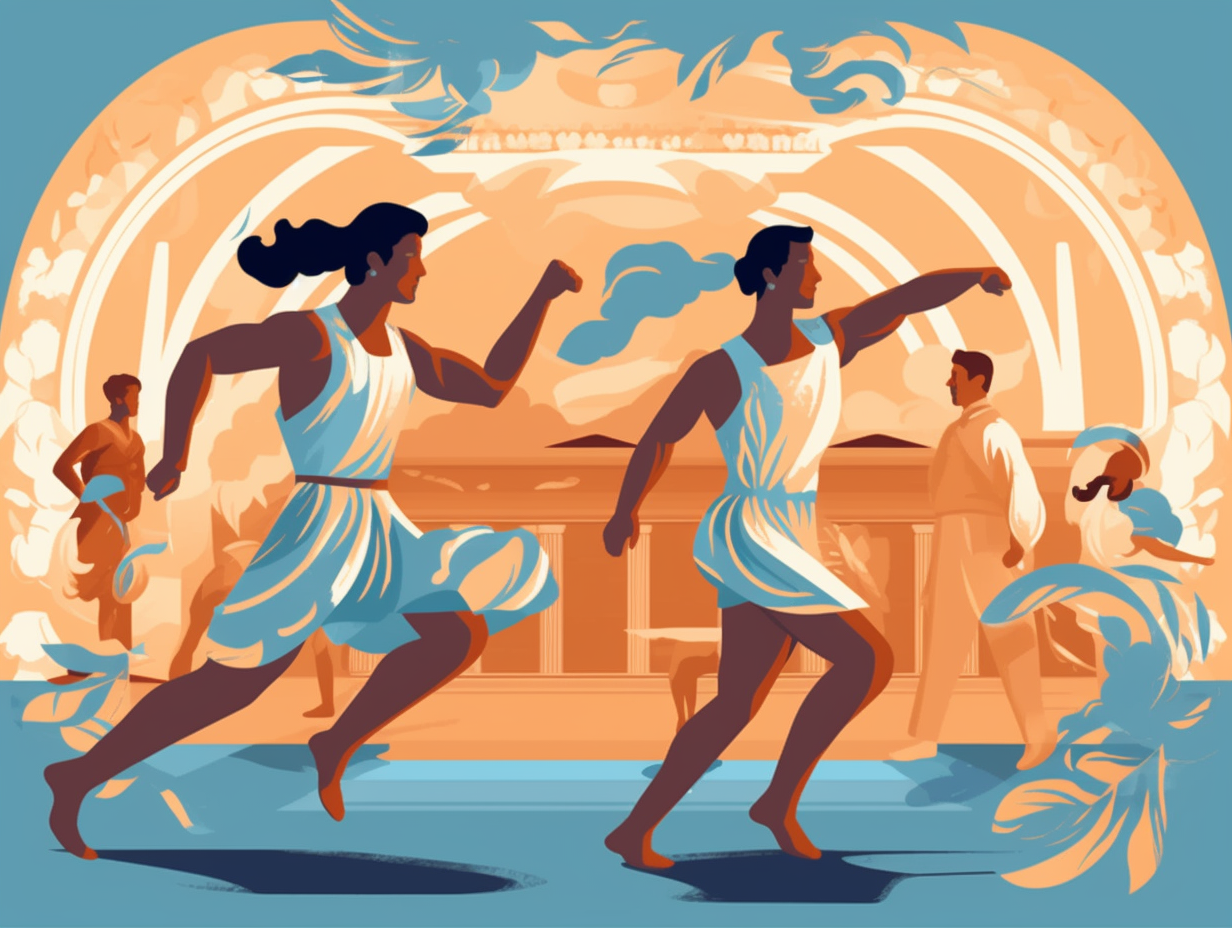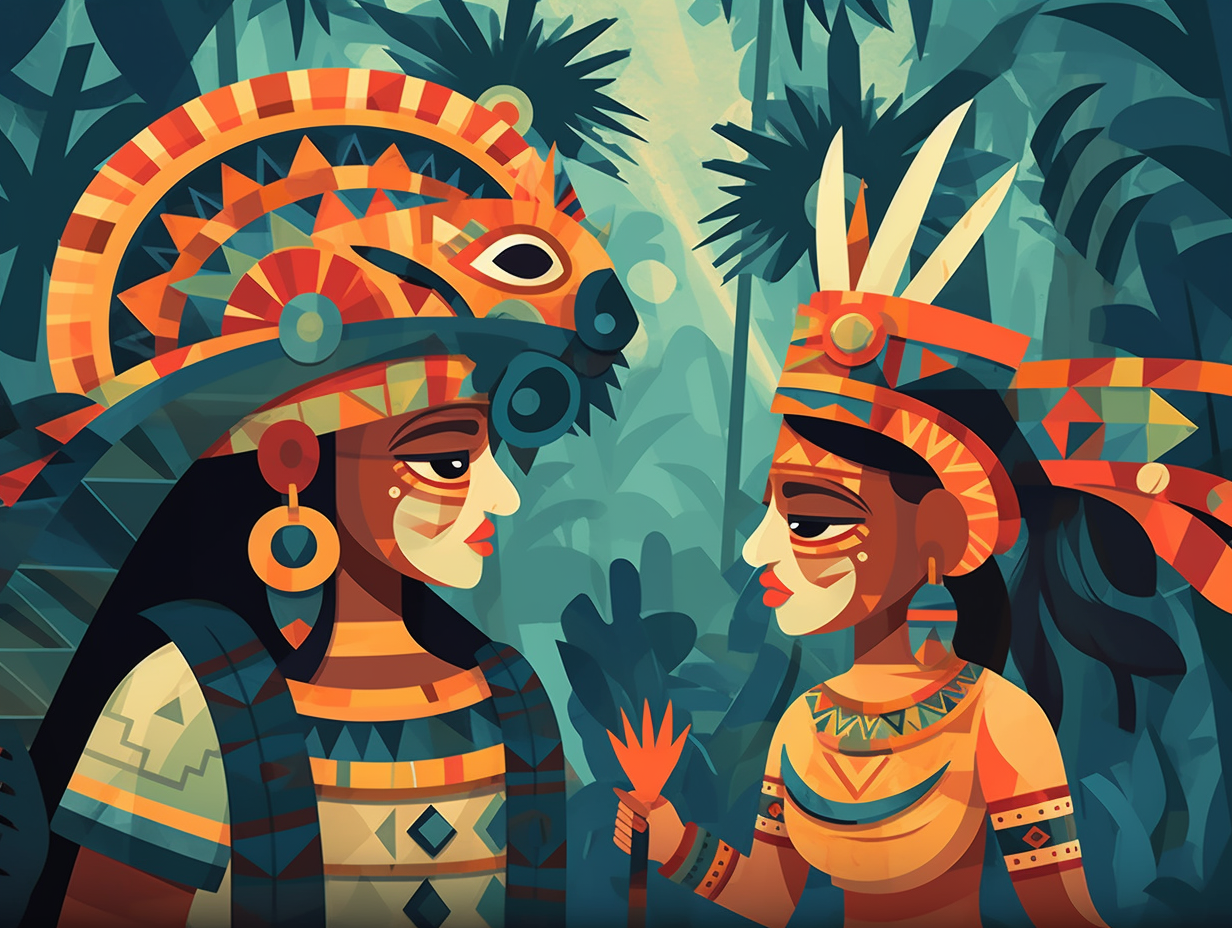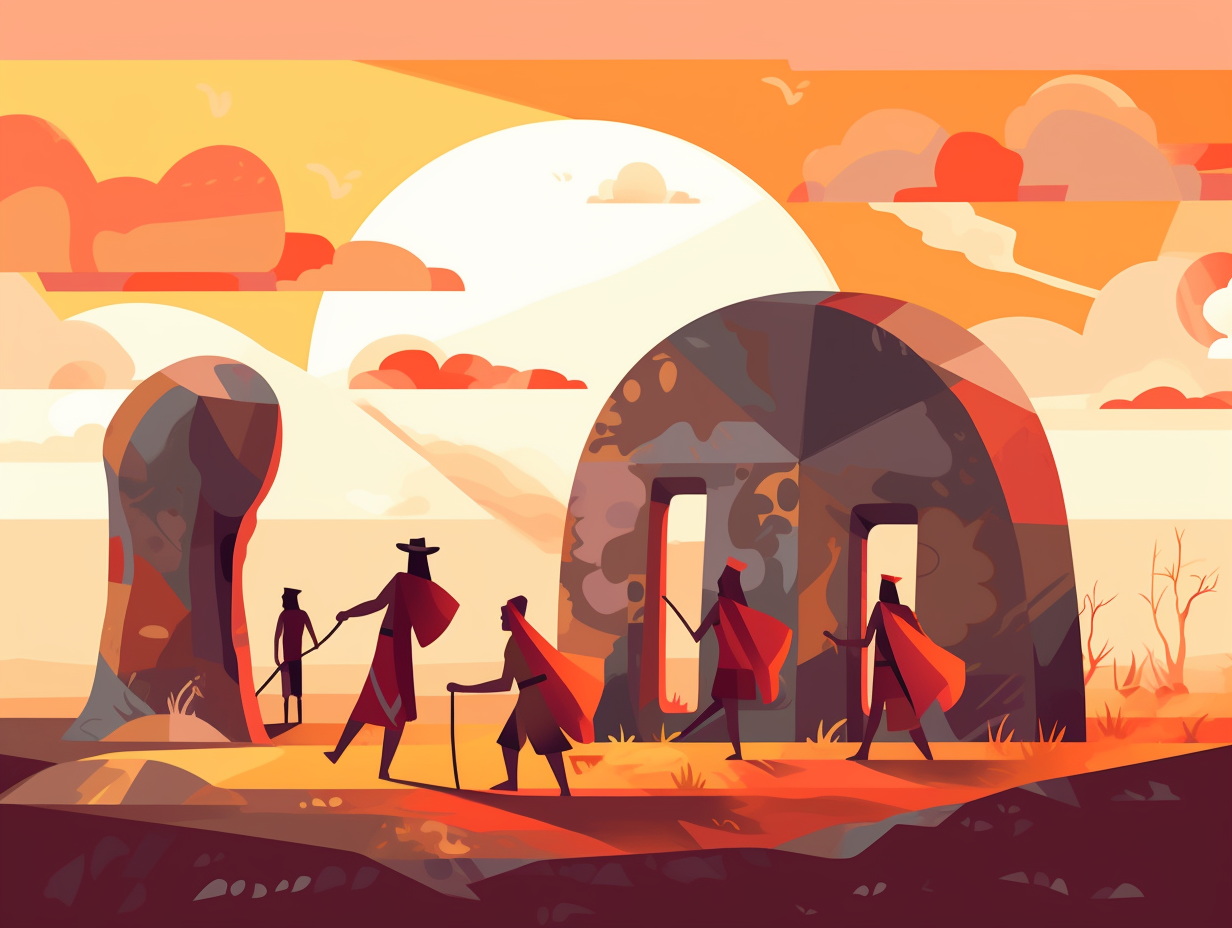Discover the Wonders: Top 14 Fun and Fascinating Facts About Ancient China's Geography!
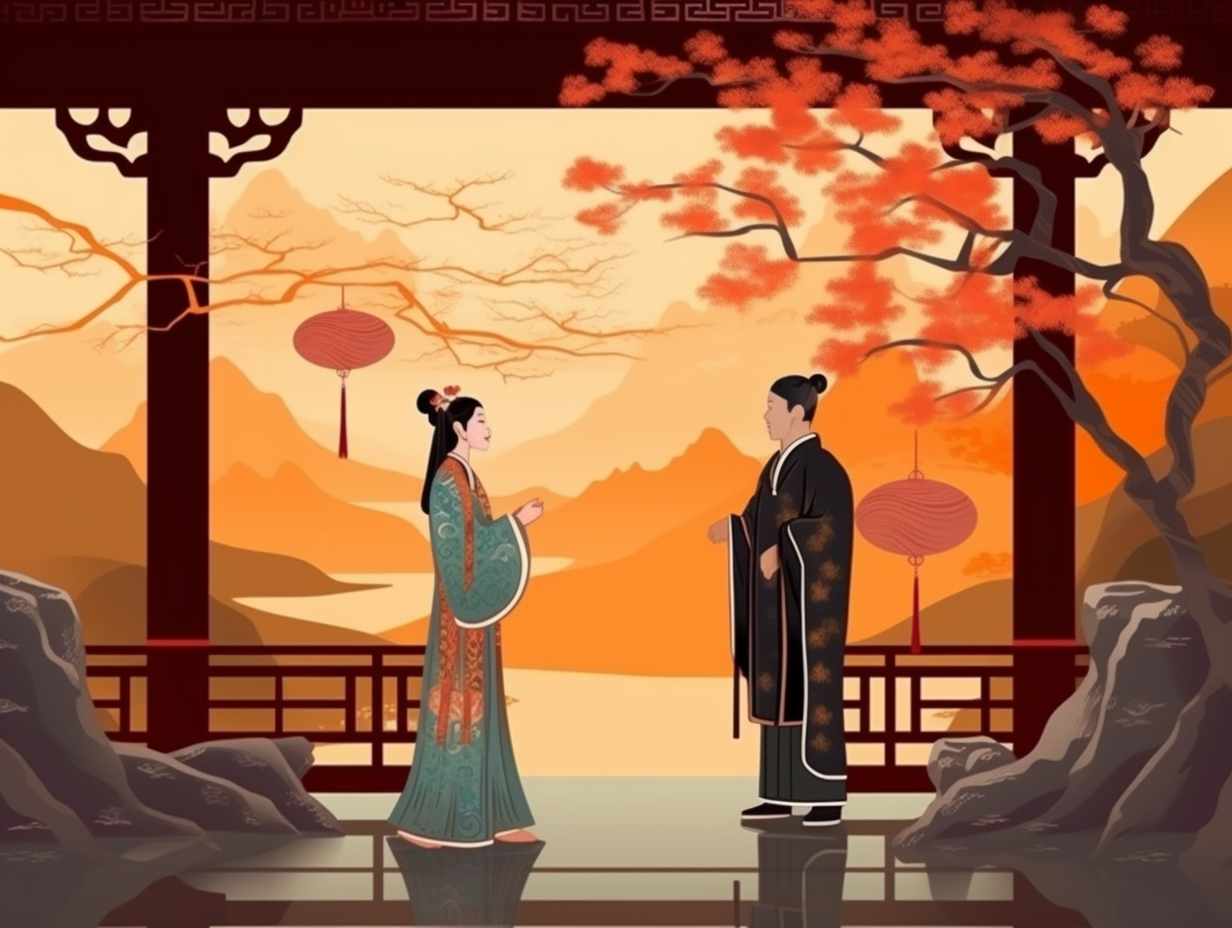
1. Tickling the World with Rivers
You might say ancient China had a "river"seas sense of humor, tickling the world with its winding aquatic wonders: Home to some of the longest and most impactful rivers like the Yangtze, Yellow, and Brahmaputra, ancient China's geography shaped not only its landscape, but also nurtured its early civilizations and famous trade routes along the Silk Road.
Source => topchinatravel.com
2. Mountain Enthusiast's Playground
Whoever designed ancient China's terrain must have been a serious mountain enthusiast on a high: The region's geography was loaded with towering massifs, lofty plateaus, and undulating hills - so much so that they covered almost 70% of the land, leaving only 31% for the humble lowlands, plains, and basins. Quite the obstacle course for transportation, but woohoo for the booming potential of forestry, mineral extraction, hydropower generation, and panoramic sightseeing!
Source => en.wikipedia.org

Did you know that ancient India's Nalanda University had a library so massive, it required three buildings to hold its 9 million manuscripts on every imaginable subject? Discover more about this incredible lost treasure of knowledge!
=> Fun Facts about Ancient-India
3. Heihe-Tengchong Line Party Divide
In ancient China, the Heihe-Tengchong Line wasn't just a line in the sand; it was the party divide between the Terracotta Army's beloved wallflowers and wild extroverts: A staggering 57% of China's land area lay to the west of this invisible divider, but only 6% of the population lived there, according to a 2002 census, leaving scholars scratching their heads and netizens meme-ing their hearts out.
Source => thatsmags.com
4. Mariana Trench's Blushing Canyon Sibling
If you thought the Grand Canyon was impressive, you haven't seen the Yarlung Tsangpo's grander sibling strutting its stuff in ancient China – it’s so deep, it would make the Mariana Trench blush: The Yarlung Tsangpo Grand Canyon in Tibet holds the title of world's deepest canyon, averaging 2,268 meters (7,440 feet) in depth and reaching a gasp-worthy 6,009 meters (19,714 feet) at its deepest point, boasting unique ecosystems and a climate range from subtropical to downright Arctic, with Tibet's highest temperature clocking in at a sizzling 43.6°C (110.5°F) near the Indian border.
Source => en.wikipedia.org
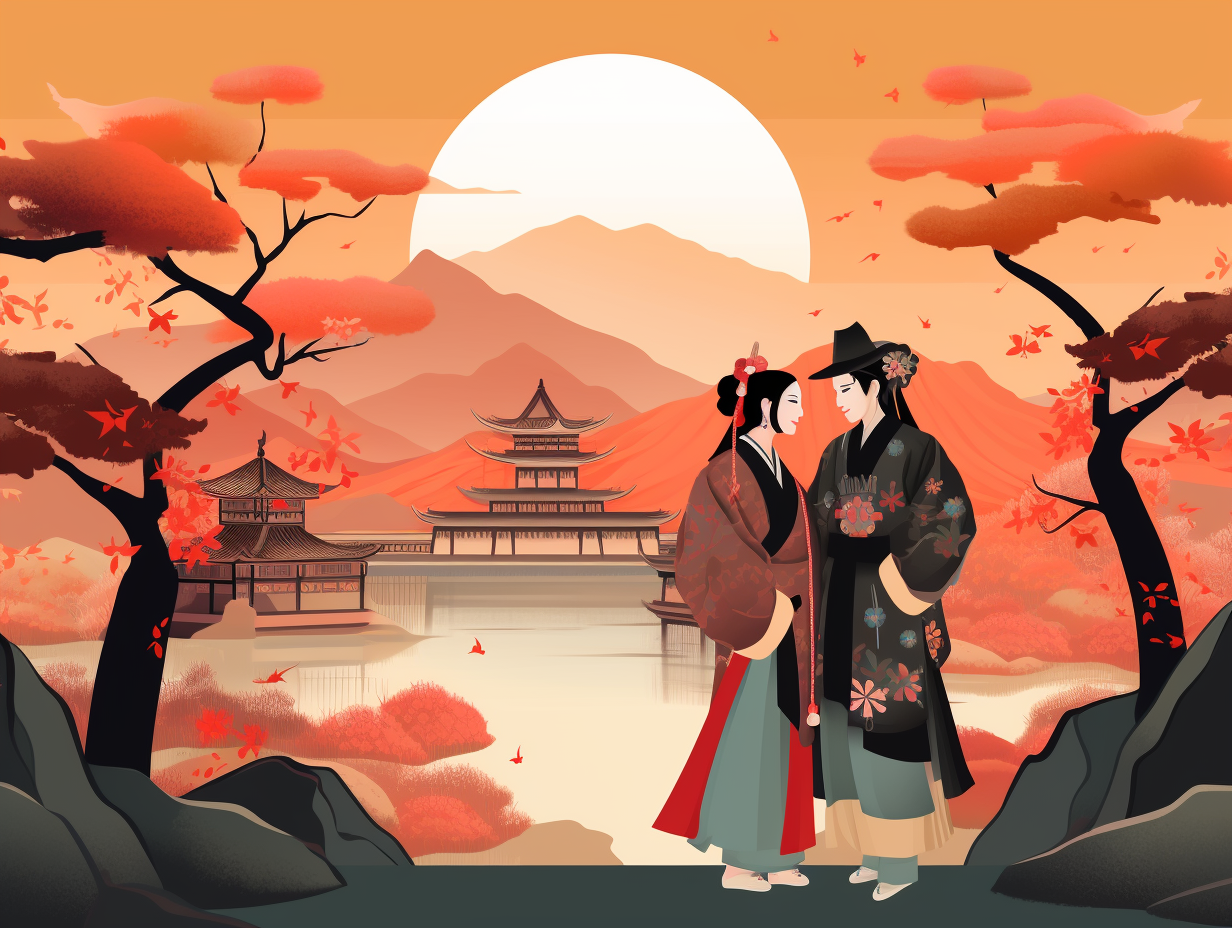
5. Silk Road: The OG Enlightenment Deliverer
Move over, Amazon Prime: the Silk Road was the OG deliverer of enlightenment and swanky new tech! This ancient route didn't just level up your wardrobe and pantry, it also upgraded your brain and soul: By linking trade between East and West, it spread Buddhism from India to China, introduced Chinese innovations to the West, and even funneled the Islamic world's scientific marvels to Europe during the Middle Ages. Mind officially blown!
Source => nationalgeographic.org
6. Huang River Valley: China's #throwbackThursday
If China were an Instagram influencer, the Huang River valley would be their #throwbackThursday: This ancient hotspot not only served as the birthplace of Chinese civilization but also contributed to shaping China's geography through innovative irrigation and flood control systems that transformed the landscape into the agricultural powerhouse it is today.
Source => berkshirepublishing.com
7. Great Wall: Excessive Neighbor Fences
If you think your neighbor's fence is a bit excessive, wait till you hear about this ancient Chinese mega-structure: The Great Wall of China, more than 2,300 years old and built over centuries by six different dynasties, is the longest structure ever built by humans and is even detectable on radar images taken from space—though sadly, not visible to the naked eye of an astronaut. All of this just to keep those pesky Mongols at bay!
Source => simple.wikipedia.org
8. Gourmet Geographical Sandwich
If ancient China were a sandwich, it would be an overstuffed gourmet creation with hearty mountains and sprinkles of deserts, guaranteed to fire up your taste buds and satiate your wanderlust: This beautifully diverse kingdom boasted towering peaks like the Himalayas and Kunlun as well as the massive Gobi Desert, making for a geographical smorgasbord that fostered cultural mingling and trade with its 14 bordering nations via the legendary Silk Road.
Source => oneindia.com
9. Emperor Wudi: The Oprah of Borders
Before Emperor Wudi was handing out borders like Oprah handed out cars: Surprise! You get a Han Chinese colony! You get a Han Chinese colony! Everyone gets a Han Chinese colony! He expanded China's territory up to Korea and pushed the Huns beyond the Gobi Desert. But it wasn't all fun and games – he also relocated around two million people to colonize the northwest and kicked off trade along the Silk Road.
Source => en.chinaculture.org
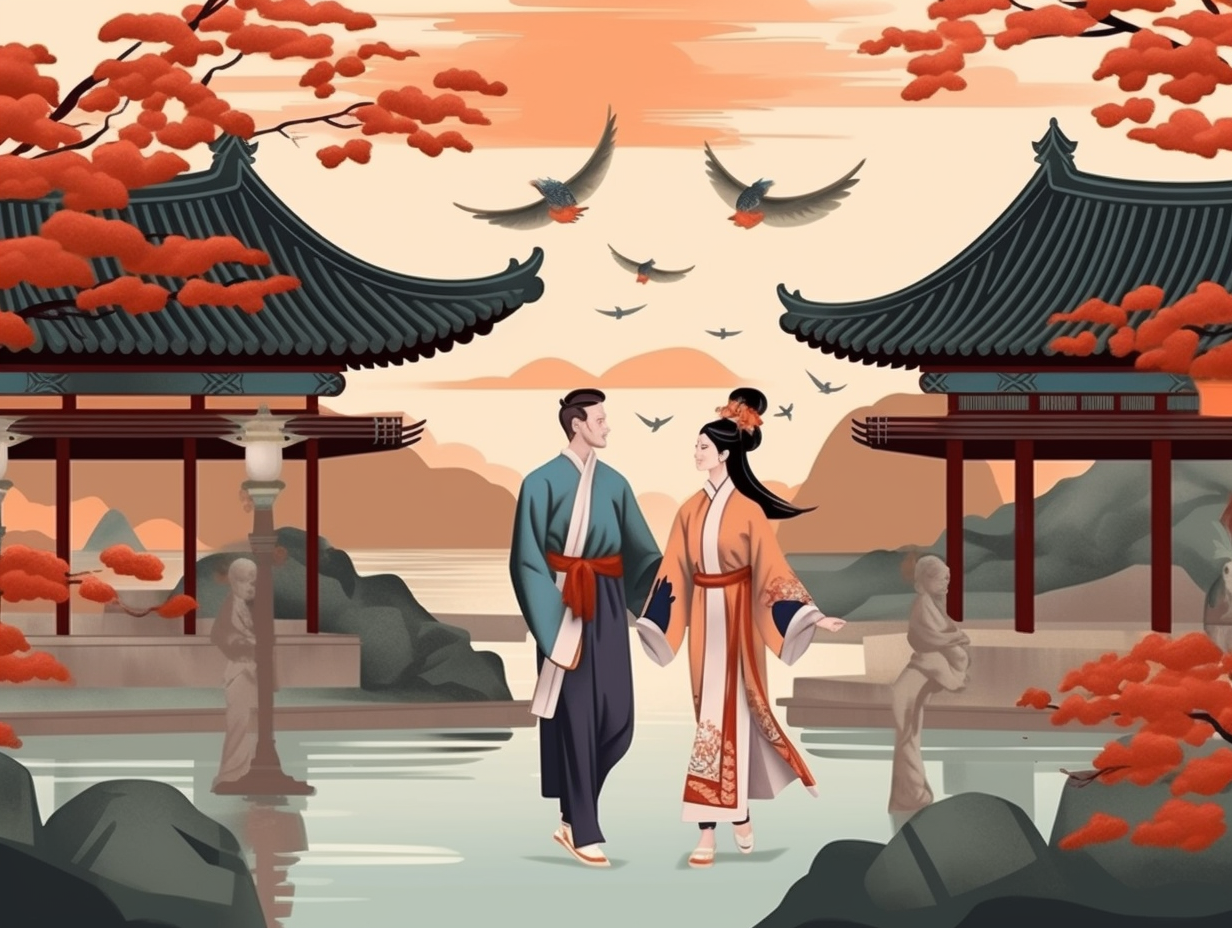
10. Mud-Slinging Climate Reconstructions
Talk about mud-slinging! Ancient Chinese history got down and dirty with their climate reconstructions: The Northern Yellow Sea Mud sediments have been used to trace monsoon precipitation records back over 4,000 years, linking climate change to economic trends and even warfare throughout the ages.
Source => frontiersin.org
11. Taking Mountain Living to New Heights
High-minded or altitude sickness? Ancient Chinese people took mountain living to new heights, long before the days of chairlifts and cable cars: China's landscape boasted over 250 mountains, eclipsing 5,000 meters in height, including the foundation of Everest, the tallest peak in the world at 8,848 meters – providing natural protection, resources, and spiritual significance to its inhabitants.
Source => en.wikipedia.org
12. Hexi Corridor: Ancient "Where's Waldo?"
If you thought the ancient Chinese version of "Where's Waldo?" was about finding a guy in a striped shirt, you'd be wrong: it was about traversing the Hexi Corridor, a pivotal part of the Northern Silk Road that connected China to Central and Western Asia. This bustling trade route ran northwest along the northern edges of the Qilian Mountains and Altyn-Tagh, and was essential for moving not just goods like silk, but also early Chinese crops like millets, rice, and wheat all the way to Europe from as early as the fifth millennium BC. Talk about a fantastic voyage!
Source => en.wikipedia.org
13. Climate Explosion Surprise Ice Cream
If Ancient China was an ice cream flavor, they'd definitely call it "Climate Explosion Surprise": With a geographic diversity that boasted climates ranging from subarctic in the north to tropical in the south, Ancient China truly offered something for everyone's weather preference, and all these variable conditions were a result of unique differences in latitude, longitude, and altitude spread across the regions.
Source => en.wikipedia.org
14. Yelp: Silk Road Edition Trading and Sharing
Before there were buzzing bazaars or the worldwide web, ancient China had Yelp: Silk Road Edition to exchange their goods, cultures, and ideas with neighboring Eurasian peeps: The Silk Road and an 8th-century CE-established maritime trade connected China and Arabia, boosting coastal cities like Zanzibar, Alexandria, Muscat, and Goa into epicenters of trade and belief systems, all while upgrading their navigation, astronomy, and ship building technologies to make long-distance excursions a breeze for ancient merchants.
Source => en.unesco.org
Related Fun Facts

